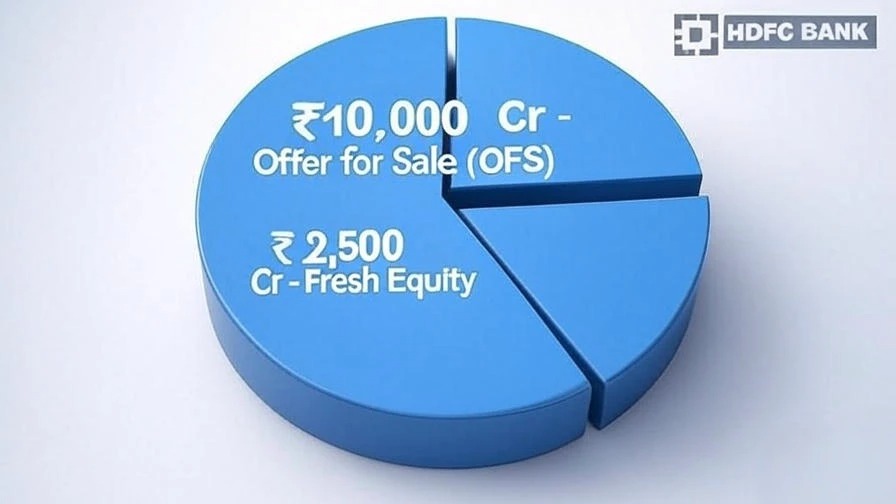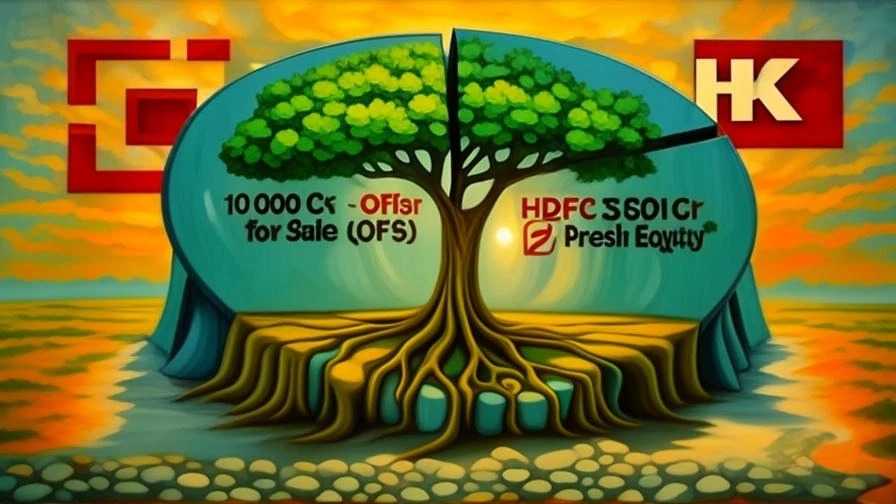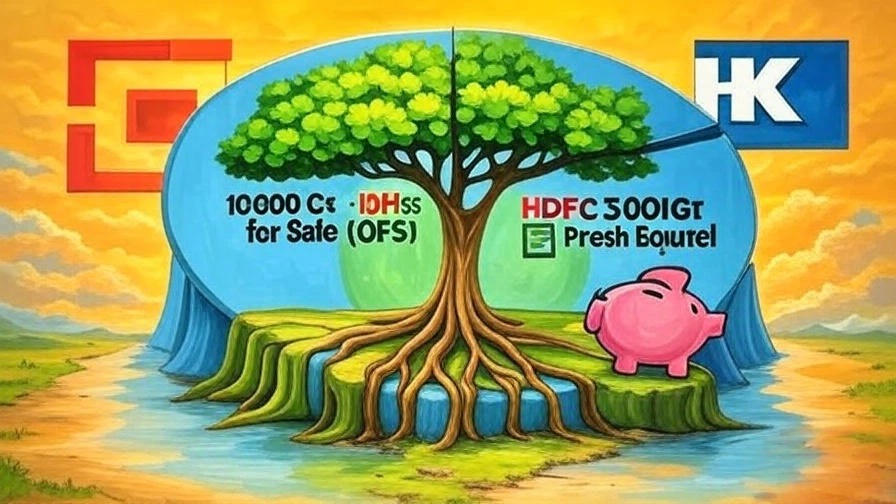.
Bajaj Finserv’s 250 million customer target is sending shockwaves through India’s financial sector. This audacious move by the country’s leading NBFC (Non-Banking Financial Company) [a company that provides bank-like financial services but does not hold a banking license] has everyone asking: Is this a masterstroke set to redefine India’s financial landscape, or an overly ambitious dream that could backfire?
The Big Announcement That Caught Everyone’s Attention

Bajaj Finserv has just dropped a bombshell in the financial world by setting its sights on 250 million customers within the next four years. To put this in perspective, this isn’t just a minor adjustment to their business plan – it’s a massive leap from their previous target of 200 million customers by 2029, which they had set just months ago in December.
The company’s confidence stems from impressive recent performance. They’ve managed to add 10 million new customers in just two years, bringing their current active customer base to 92 million across India. Chairman Sanjiv Bajaj’s reasoning is straightforward: they’re winning business faster than expected.
Why This Target Might Actually Work

• Strong Market Position and Diversification
Bajaj Finserv isn’t putting all its eggs in one basket. As a holding company, they operate across multiple segments including life insurance, general insurance, retail financing, asset management, and broking services. Their largest subsidiary, Bajaj Finance, has carved out a strong niche in consumer lending and small business financing. This subsidiary has its own fascinating history, including a recent stock event that, while initially looking like a crash, was actually a cause for celebration among smart investors. This financial strength is crucial for achieving Bajaj Finserv’s 250 million customer target.
• Massive Untapped Market Potential
Here’s where things get interesting. Sanjiv Bajaj estimates that the company has only scratched the surface, penetrating merely 30-40% of its potential market. With India’s growing middle class and increasing financial inclusion, there’s enormous room for expansion. This growth is fueled by India’s demographic dividend [the economic growth potential that can result from shifts in a population’s age structure, mainly when the share of the working-age population is larger than the non-working-age share].
• Impressive Financial Performance
The numbers speak for themselves. Bajaj Finserv’s profit jumped to $1.1 billion in the 12 months ending March, up from $900 million the previous year. This places them in the top tier of India’s financial giants, a space where even established players like LIC are posting record-breaking profits and rewarding shareholders. This solid financial foundation gives them the muscle to fund aggressive expansion plans needed to reach such a high customer number.
• Strategic Acquisitions and Technology Integration
The company is making smart moves, including its March agreement to acquire Allianz’s stake in two insurance joint ventures for approximately 2.6 billion euros. What’s remarkable is that this acquisition will be funded internally, showcasing their strong cash reserves.
Additionally, they’re embracing artificial intelligence with chatbots for loan processing and customer engagement, positioning themselves at the forefront of fintech innovation.
The Challenges That Could Derail This Ambitious Plan

• Economic Growth Dependency
Here’s the biggest red flag: The success of Bajaj Finserv’s 250 million customer target is intrinsically tied to India maintaining an 8% economic growth rate. If the Indian economy fails to sustain this pace, consumer spending could decline, directly impacting the company’s lending business.
• State-Level Policy Implementation Risks
While the central government has ambitious economic plans, the real challenge lies in execution at the state level. Sanjiv Bajaj himself has expressed concerns about whether “politics doesn’t get the better of economics” at the state level. Poor policy implementation could significantly limit expansion opportunities.
• Credit Quality Concerns
Despite recent improvements, Bajaj Finance’s net loss ratio [a metric that indicates the percentage of a company’s loans that are not being repaid after accounting for recoveries] reached about 0.7% over the last four to five years, indicating some stress in their loan book. While the company expects normalization within a couple of quarters, this remains an area requiring constant vigilance.
To understand credit ratios better, you can read this detailed guide from Investopedia.
• Market Saturation Risks
With 92 million customers already on board, the question arises: How easy will it be to acquire the next 158 million customers? The low-hanging fruit may already be picked, making future acquisitions more expensive and challenging. This will intensify competition in the already hot NBFC sector, where upcoming IPOs from players like HDB Financial are creating significant buzz among investors.
The Verdict: Calculated Risk or Reckless Ambition?

Bajaj Finserv’s 250 million customer target is undoubtedly ambitious, but it’s not entirely unrealistic given India’s increasing financial awareness. The company has the financial strength, market position, and strategic vision to pursue this goal.
However, success will largely depend on external factors beyond the company’s control – primarily India’s economic growth and effective policy implementation. The company’s ability to maintain credit quality while rapidly scaling operations will also be crucial.
For investors and market watchers, Bajaj Finserv’s journey over the next four years will serve as a fascinating case study. Whether this bold vision materializes or proves overly optimistic will likely define not just the company’s future, but potentially influence how other financial services companies approach expansion in India.
The stakes are high, the potential rewards are enormous, but so are the risks. Only time will tell if Bajaj Finserv’s 250 million customer target becomes India’s financial success story or a cautionary tale about overreach in uncertain times.
Disclaimer: This analysis is based on publicly available information and is intended for informational purposes only. It should not be considered as financial advice or a recommendation to buy, sell, or hold any securities. Investors should conduct their own research and consult with qualified financial advisors before making any investment decisions. Past performance does not guarantee future results.








